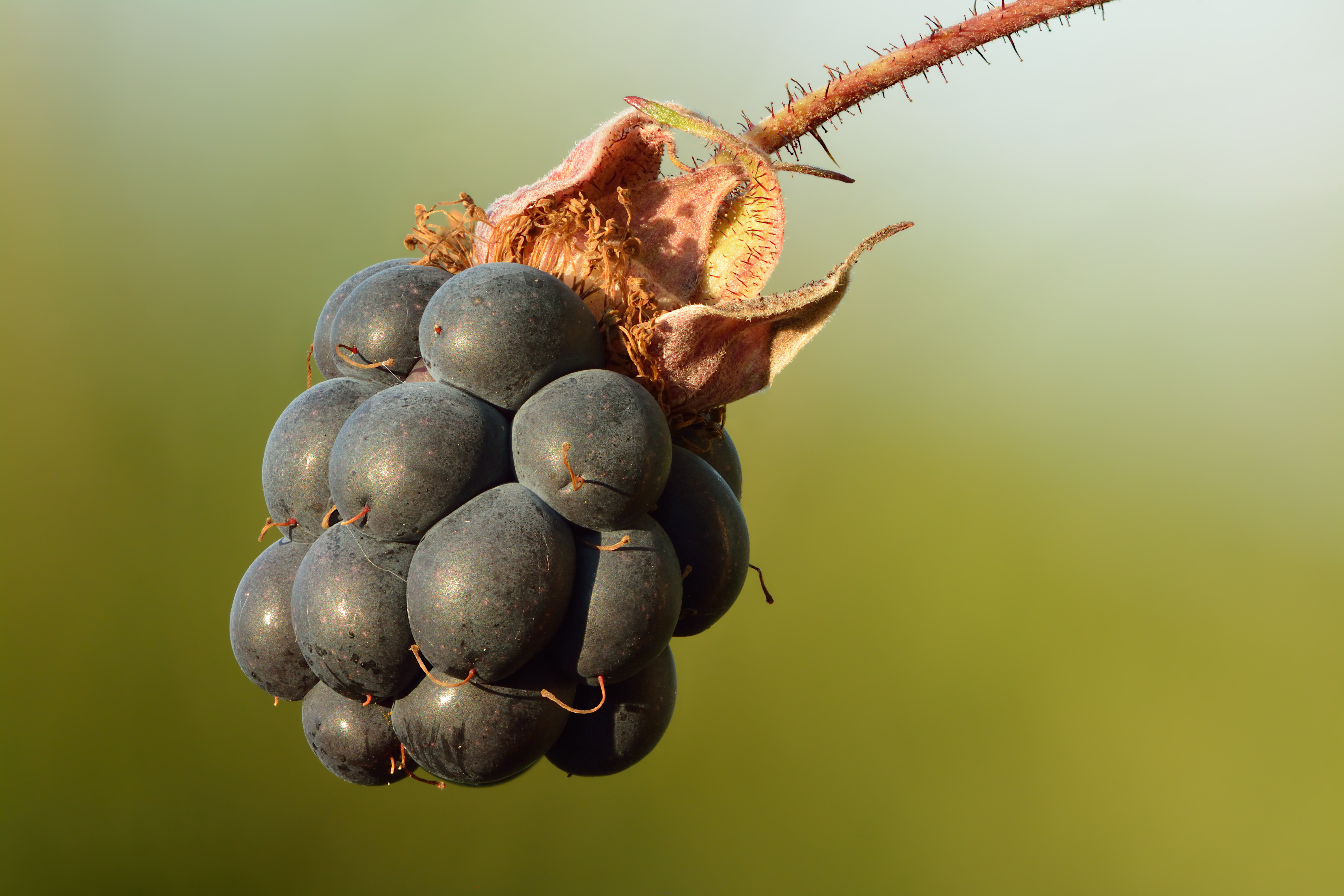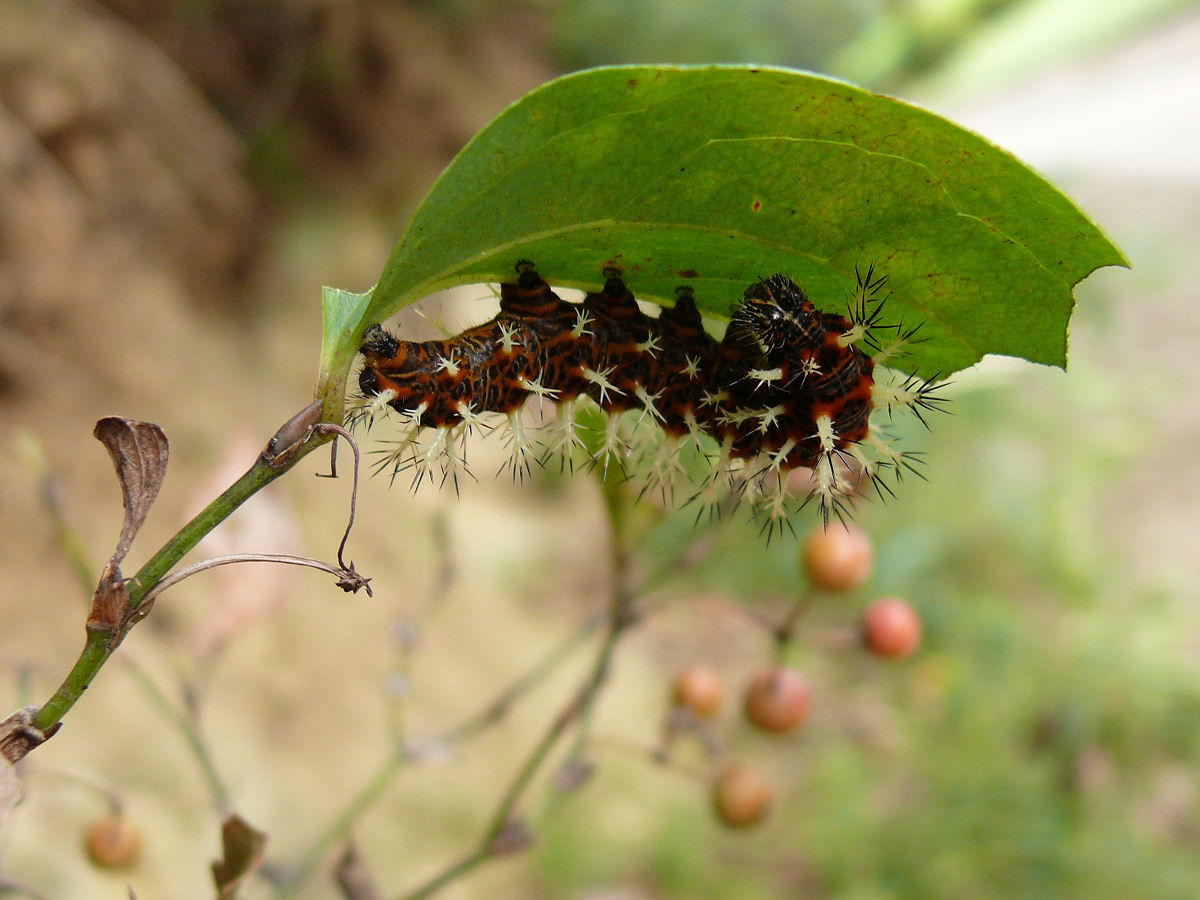|
Saenura
''Saenura'' is a genus of moth in the subfamily Arctiinae. It contains only one species, ''Saenura flava'', which can be found in southern Africa. The larvae feed on '' Tagetes erecta'', ''Senecio ''Senecio'' is a genus of flowering plants in the daisy family (Asteraceae) that includes ragworts and groundsels. Variously circumscribed taxonomically, the genus ''Senecio'' is one of the largest genera of flowering plants. Description Morp ...'' species, '' Cassia occidentalis'', '' Cassia tomentosa'', '' Tephrosia'' species, '' Acacia mearnsii'', '' Ornithogalium eckloni'', '' Protea multibracteata'', '' Rubus pinnotus'', '' Smilax'' species and '' Lantana'' species. References Natural History Museum Lepidoptera generic names catalog* Spilosomina Insects of Namibia Insects of Angola Moths of Africa Monotypic moth genera {{Spilosomina-stub ... [...More Info...] [...Related Items...] OR: [Wikipedia] [Google] [Baidu] |
Spilosomina
The Spilosomina are a subtribe of tiger moths in the tribe Arctiini, which is part of the family Erebidae. Taxonomy The subtribe was previously classified as the tribe Spilosomini of the family Arctiidae. Genera The following genera are included in the subtribe. Numerous arctiine genera have not yet been assigned to a tribe, so this genus list may be incomplete. *''Aethalida'' *'' Acantharctia'' *''Afraloa'' *''Afroarctia'' *''Afrojavanica'' *''Afromurzinia'' *''Afrospilarctia'' *''Afrowatsonius'' *''Alexicles'' *'' Allanwatsonia'' *''Alpenus'' *'' Aloa'' *'' Alphaea'' with two subgenera: '' Flavalphaea'' and '' Nayaca'' *'' Amsacta'' *'' Amsactarctia'' *'' Amsactoides'' *''Andala'' *'' Arachnis'' *''Ardices'' with a subgenus '' Australemyra'' *'' Areas'' with a subgenus '' Melanareas'' *''Argyarctia'' with a subgenus '' Fangalphaea'' *''Binna'' *''Bucaea'' *''Canararctia'' *''Carcinarctia'' *''Cheliosea'' *''Chionarctia'' *''Cladarctia'' *'' Creataloum'' *''Creatonotos'' wi ... [...More Info...] [...Related Items...] OR: [Wikipedia] [Google] [Baidu] |
Arctiinae (moth)
The Arctiinae (formerly called the family Arctiidae) are a large and diverse subfamily of moths with around 11,000 species found all over the world, including 6,000 neotropical species.Scoble, MJ. (1995). ''The Lepidoptera: Form, Function and Diversity''. Second ed. Oxford University Press. This subfamily includes the groups commonly known as tiger moths (or tigers), which usually have bright colours, footmen, which are usually much drabber, lichen moths, and wasp moths. Many species have "hairy" caterpillars that are popularly known as woolly bears or woolly worms. The scientific name Arctiinae refers to this hairiness (Gk. αρκτος = a bear). Some species within the Arctiinae have the word "tussock"' in their common names because they have been misidentified as members of the Lymantriinae subfamily based on the characteristics of the larvae. Taxonomy The subfamily was previously classified as the family Arctiidae of the superfamily Noctuoidea and is a monophyletic group. ... [...More Info...] [...Related Items...] OR: [Wikipedia] [Google] [Baidu] |
Tagetes Erecta
''Tagetes erecta'', the Aztec marigold, Mexican marigold, big marigold, ''cempazúchitl'' or ''cempasúchil'', is a species of flowering plant in the genus ''Tagetes'' native to Mexico. Despite being native to the Americas, it is often called the African marigold. In Mexico, this plant is found in the wild in the states of México, Michoacán, Puebla, and Veracruz. This plant reaches heights of between . The Aztecs gathered the wild plant as well as cultivating it for medicinal, ceremonial and decorative purposes. It is widely cultivated commercially with many cultivars in use as ornamental plants, and for the cut-flower trade. Some authorities regard '' Tagetes patula'' (the French marigold) as a synonym of ''Tagetes erecta''. Description It is a herbaceous annual or perennial plant whose height ranges from 30–110 cm. The root is cylindrical, pivoting, with a fibrous and shallow branching system. The stem is striated, sometimes ridged, smooth or slightly with villi, cyl ... [...More Info...] [...Related Items...] OR: [Wikipedia] [Google] [Baidu] |
Senecio
''Senecio'' is a genus of flowering plants in the daisy family (Asteraceae) that includes ragworts and groundsels. Variously circumscribed taxonomically, the genus ''Senecio'' is one of the largest genera of flowering plants. Description Morphology The flower heads are normally rayed with the heads borne in branched clusters, and usually completely yellow, but green, purple, white and blue flowers are known as well. In its current circumscription, the genus contains species that are annual or perennial herbs, shrubs, small trees, aquatics or climbers. The only species which are trees are the species formerly belonging to '' Robinsonia'' occurring on the Juan Fernández Islands. Chemistry Pyrrolizidine alkaloids are found in all ''Senecio'' species. These alkaloids serve as a natural biocides to deter or even kill animals that would eat them. Livestock generally do not find them palatable. ''Senecio'' species are used as food plants by the larvae of some Lepidoptera spec ... [...More Info...] [...Related Items...] OR: [Wikipedia] [Google] [Baidu] |
Cassia Occidentalis
Cassia typically refers to cassia bark, the spice made from the bark of East Asian evergreen trees. Cassia may also refer to: Plants ;Cinnamon trees * ''Cinnamomum cassia'' (, ''ròuguì''), the cassia or Chinese cinnamon, found in southern China and Indochina * Other East Asian species of ''Cinnamomum'', such as ''Cinnamomum burmannii'' (Indonesian cinnamon) and ''C. loureiroi'', Saigon cinnamon ;Osmanthus * ''Osmanthus fragrans'' (, ''guìhuā''), is the osmanthus or sweet olive found in southern China and Indochina ;Beans * ''Cassia'' (genus), a genus of trees and shrubs in the bean family Fabaceae. * ''Senna'' (plant), a genus of the bean family Fabaceae including species formerly treated in the genus ''Cassia'', and used in herbal medicine: ** ''Senna obtusifolia'', the Chinese senna or sicklepod ** '' Senna artemisioides'', silver cassia or feathery cassia * ''Vachellia farnesiana'', another member of Fabaceae Food * Cassia gum, a food additive made from the seeds of '' ... [...More Info...] [...Related Items...] OR: [Wikipedia] [Google] [Baidu] |
Cassia Tomentosa
Cassia typically refers to cassia bark, the spice made from the bark of East Asian evergreen trees. Cassia may also refer to: Plants ;Cinnamon trees * '' Cinnamomum cassia'' (, ''ròuguì''), the cassia or Chinese cinnamon, found in southern China and Indochina * Other East Asian species of '' Cinnamomum'', such as ''Cinnamomum burmannii'' (Indonesian cinnamon) and ''C. loureiroi'', Saigon cinnamon ;Osmanthus * ''Osmanthus fragrans'' (, ''guìhuā''), is the osmanthus or sweet olive found in southern China and Indochina ;Beans * ''Cassia'' (genus), a genus of trees and shrubs in the bean family Fabaceae. * ''Senna'' (plant), a genus of the bean family Fabaceae including species formerly treated in the genus ''Cassia'', and used in herbal medicine: ** '' Senna obtusifolia'', the Chinese senna or sicklepod ** ''Senna artemisioides'', silver cassia or feathery cassia * ''Vachellia farnesiana'', another member of Fabaceae Food * Cassia gum, a food additive made from the seeds o ... [...More Info...] [...Related Items...] OR: [Wikipedia] [Google] [Baidu] |
Tephrosia
''Tephrosia'' is a genus of flowering plants in the pea family, Fabaceae. It is widespread in both the Eastern and Western Hemisphere, where it is found in tropical and warm-temperate regions. The generic name is derived from the Greek word τεφρος (''tephros''), meaning "ash-colored," referring to the greyish tint given to the leaves by their dense trichomes. Hoarypea is a common name for plants in this genus, along with Goat's Rue and Devil's Shoestring. Uses Many species in the genus are poisonous, particularly to fish, for their high concentration of rotenone. The black seeds of ''Tephrosia'' species have historically been used by indigenous cultures as fish toxins.NTFlora Northern Territory Flora online:''Flora of the Darwin Region: Fabaceae.''Retrieved 10 June 2018 In the last century, several ''Tephrosia'' species have been studied in connection with the use of rotenone as an insecticide and pesticide. '' Tephrosia vogelii'' is also one of the many beneficial ... [...More Info...] [...Related Items...] OR: [Wikipedia] [Google] [Baidu] |
Acacia Mearnsii
''Acacia mearnsii'', commonly known as black wattle, late black wattle or green wattle, is a species of flowering plant in the family Fabaceae and is endemic to south-eastern Australia. It is usually an erect tree with smooth bark, bipinnate leaves and spherical heads of fragrant pale yellow or cream-coloured flowers followed by black to reddish brown pods. In some other parts of the world, it is regarded as an invasive species. Description ''Acacis mearnsii'' is a spreading shrub or erect tree that typically grows to a height of and has smooth bark, sometimes corrugated at the base of old specimens. The leaves are bipinnate with 7 to 31 pairs of pinnae, each with 25 to 78 pairs of pinnules. There is a spherical gland up to below the lowest pair of pinnae. The scented flowers are arranged in spherical heads of twenty to forty and are pale yellow or cream-coloured, the heads on hairy peduncles long. Flowering mainly occurs from October to December and black to reddish-brow ... [...More Info...] [...Related Items...] OR: [Wikipedia] [Google] [Baidu] |
Protea Multibracteata
''Protea'' () is a genus of South African flowering plants, also called sugarbushes (Afrikaans: ''suikerbos''). Etymology The genus ''Protea'' was named in 1735 by Carl Linnaeus, possibly after the Greek god Proteus, who could change his form at will, possibly because they have such a wide variety of forms. Linnaeus's genus was formed by merging a number of genera previously published by Herman Boerhaave, although precisely which of Boerhaave's genera were included in Linnaeus's ''Protea'' varied with each of Linnaeus's publications. Taxonomy The family Proteaceae to which ''Protea'' species belong is an ancient one among angiosperms. Evidence from pollen fossils suggests Proteaceae ancestors grew in Gondwana, in the Upper Cretaceous, 75–80 million years ago. The Proteaceae are divided into two subfamilies: the Proteoideae, best represented in southern Africa, and the Grevilleoideae, concentrated in Australia and South America and the other smaller segments of Gondwana that ... [...More Info...] [...Related Items...] OR: [Wikipedia] [Google] [Baidu] |
Rubus Pinnotus
''Rubus'' is a large and diverse genus of flowering plants in the rose family, Rosaceae, subfamily Rosoideae, with over 1,350 species. Raspberries, blackberries, and dewberries are common, widely distributed members of the genus. Most of these plants have woody stems with prickles like roses; spines, bristles, and gland-tipped hairs are also common in the genus. The ''Rubus'' fruit, sometimes called a bramble fruit, is an aggregate of drupelets. The term "cane fruit" or "cane berry" applies to any ''Rubus'' species or hybrid which is commonly grown with supports such as wires or canes, including raspberries, blackberries, and hybrids such as loganberry, boysenberry, marionberry and tayberry. The stems of such plants are also referred to as canes. Description Most species in the genus are hermaphrodites, ''Rubus chamaemorus'' being an exception. ''Rubus'' species have a basic chromosome number of seven. Polyploidy from the diploid (14 chromosomes) to the tetradecaploid ... [...More Info...] [...Related Items...] OR: [Wikipedia] [Google] [Baidu] |
Smilax
''Smilax'' is a genus of about 300–350 species, found in the tropics and subtropics worldwide. In China for example about 80 are found (39 of which are endemic), while there are 20 in North America north of Mexico. They are climbing flowering plants, many of which are woody and/or thorny, in the monocotyledon family Smilacaceae, native throughout the tropical and subtropical regions of the world. Common names include ''catbriers'', ''greenbriers'', ''prickly-ivys'' and ''smilaxes''. ''Sarsaparilla'' (also zarzaparrilla, sarsparilla) is a name used specifically for the Jamaican '' S. ornata'' as well as a catch-all term in particular for American species. Occasionally, the non-woody species such as the smooth herbaceous greenbrier (''S. herbacea'') are separated as genus ''Nemexia''; they are commonly known by the rather ambiguous name ''carrion flowers''. Greenbriers get their scientific name from the Greek myth of Crocus and the nymph Smilax. Though this myth h ... [...More Info...] [...Related Items...] OR: [Wikipedia] [Google] [Baidu] |




